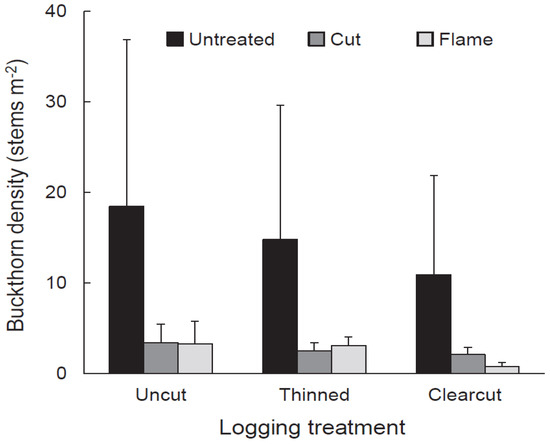Forests 2013, 4(1), 122-136; doi:10.3390/f4010122
Author
1
School of Forest Resources and Conservation, University of Florida, 373 Newins-Ziegler Hall, P.O. Box 110410, Gainesville, Fl 32611, USA
2
School of Forest Resources and Conservation, University of Florida, 214 Newins-Ziegler Hall, P.O. Box 110410, Gainesville, Fl 32611, USA
3
School of Forest Resources and Conservation, University of Florida, 361 Newins-Ziegler Hall, P.O. Box 110410, Gainesville, Fl 32611, USA
*
Author to whom correspondence should be addressed.
Received: 28 November 2012 / Revised: 8 February 2013 / Accepted: 19 February 2013 / Published: 22 February 2013
Abstract
Managing forests for multiple ecosystem services such as timber, carbon, and biodiversity requires information on ecosystem structure and management characteristics. National forest inventory data are increasingly being used to quantify ecosystem services, but they mostly provide timber management and overstory data, while data on understory shrub and herbaceous diversity are limited. We obtained species richness and stand management data from relevant literature to develop a regression tree model that can be used to predict understory species richness from forest inventory data. Our model explained 57% of the variation in herbaceous species richness in the coastal plain pine forests of the southeastern USA. Results were verified using field data, and important predictors of herbaceous richness included stand age, forest type, time since fire, and time since herbicide-fertilizer application. This approach can make use of available forest inventories to rapidly and cost-effectively estimate understory species richness for subtropical pine forests. View Full-Text
Keywords: herbaceous richness; understory richness; pine flatwoods; regression tree; forest inventory; richness model
This is an open access article distributed under the Creative Commons Attribution License (CC BY 3.0).
For further details log on website :
http://www.mdpi.com/1999-4907/4/1/122





